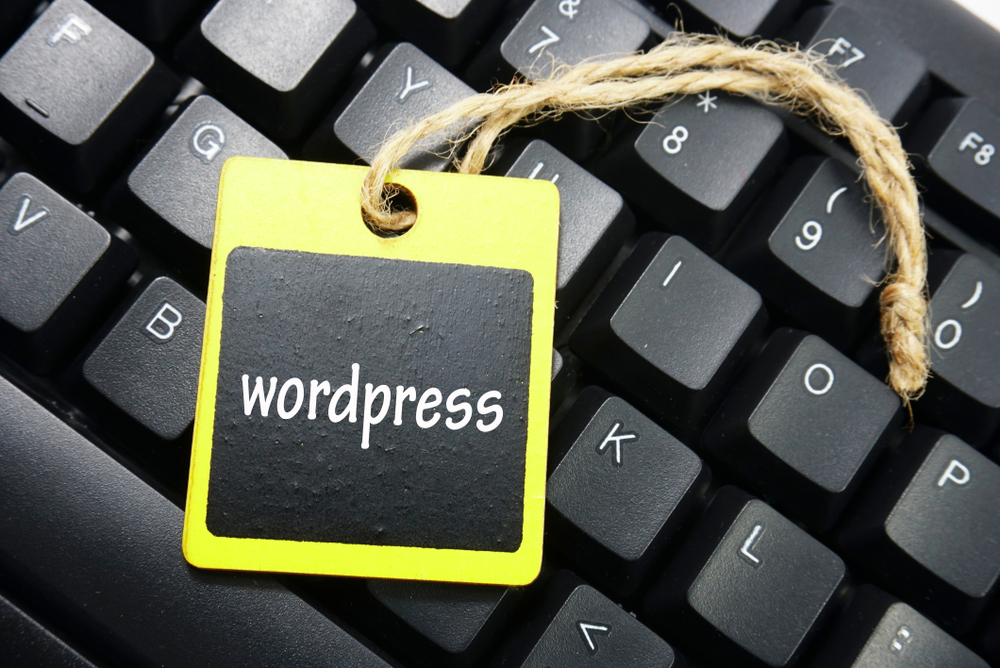
WordPress is one of the most popular website building platforms out there, known for its user-friendly interface and powerful features. Whether you are a beginner or an experienced developer, optimizing your WordPress website's customization and maintenance can greatly enhance your site's performance and user experience. In this article, we will discuss some proven tips and tricks to efficiently customize and maintain your WordPress (or WP) website.
1. Choose a Lightweight Theme
When customizing your WordPress (the platform for bloggers) website, selecting the right theme plays a crucial role in its performance. Opt for a lightweight theme that is well-coded and optimized for speed. Themes with excessive features and complex design can slow down your website, leading to poor user experience and lower search engine rankings.
Additionally, ensure that the theme is responsive, meaning it adapts and looks good on different screen sizes. Mobile-friendly websites are critical in today's mobile-first world, where the majority of internet users access sites from their smartphones or tablets.
2. Use Caching Plugins
WordPress (the blogging platform) caching plugins are essential tools for improving your website's loading speed. These plugins generate static HTML files of your pages and deliver them to your visitors, reducing the load on your server. Popular caching plugins like WP Rocket, W3 Total Cache, and WP Super Cache offer various features such as browser caching, gzip compression, and minification of CSS and JavaScript files.
By caching your WordPress (WP) site, you can significantly reduce the load time and enhance the overall user experience. Faster-loading websites also tend to have better search engine rankings and higher conversion rates.
3. Optimize Images
Images play a vital role in website customization, creating an appealing visual experience for your visitors. However, large images can significantly impact your website's speed. To avoid this, optimize your images before uploading them to WordPress .
You can compress your images using tools like Adobe Photoshop, TinyPNG, or free online services like CompressJPEG and CompressPNG. Additionally, consider using lazy loading techniques, which delay the loading of offscreen images until the user scrolls down the page. Plugins like Lazy Load and WP Smush can help you achieve this without compromising the visual appeal of your website.
4. Regularly Update WordPress and Plugins
WordPress and its associated plugins are regularly updated to provide bug fixes, security patches, and new features. By keeping your WordPress installation up to date, you can ensure that your website is running smoothly and reduce the risk of security breaches.
Always back up your website before updating WordPress or any plugins to avoid potential compatibility or functionality issues. Additionally, remove any unused and outdated plugins to reduce the risk of vulnerabilities and keep your website lean.
5. Implement SEO Best Practices
Search engine optimization (SEO) is crucial for driving organic traffic to your website. By implementing SEO best practices, you can improve your website's visibility and increase your chances of ranking higher in search engine results.
Start by installing an SEO plugin like Yoast SEO or All in One SEO Pack. These plugins offer features to optimize your website's meta tags, sitemaps, breadcrumbs, and more. Focus on adding relevant keywords to your content, optimizing your URLs, and building high-quality backlinks to improve your search engine rankings.
FAQs
1. How often should I update WordPress and plugins?
WordPress and plugins should be updated as soon as new versions are released. Regular updates help ensure your website stays secure, benefits from new features, and remains compatible with the latest technologies.
2. Can I change my WordPress theme later without losing my content?
Yes, you can change your WordPress theme at any time without losing your content. However, it is recommended to back up your website before making any major design changes to avoid any potential compatibility issues.
3. What are the benefits of using caching plugins?
Caching plugins improve your website's performance by generating static HTML files and delivering them to visitors, reducing the load on your server. This results in faster page load times, improved user experience, and potentially higher search engine rankings.
4. How can I optimize my website's images for better performance?
To optimize your website's images, compress them using tools like Photoshop or online services such as TinyPNG. Additionally, consider using lazy loading techniques to delay the loading of offscreen images until they are needed.
5. Is it necessary to implement SEO for my WordPress website?
Implementing SEO best practices is highly recommended for your WordPress website. SEO helps improve your website's visibility, organic traffic, and search engine rankings, ultimately leading to increased engagement and potential conversions.
Other useful resources
- https://www.wordpress24plus.com/services/wordpress-developer/
- https://www.wordpress24plus.com
- https://en.wikipedia.org/wiki/WordPress
- https://www.wordpress24plus.com/topics/wordpress-tips-and-tricks/